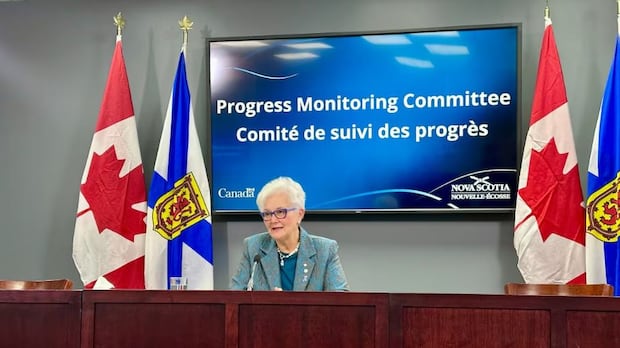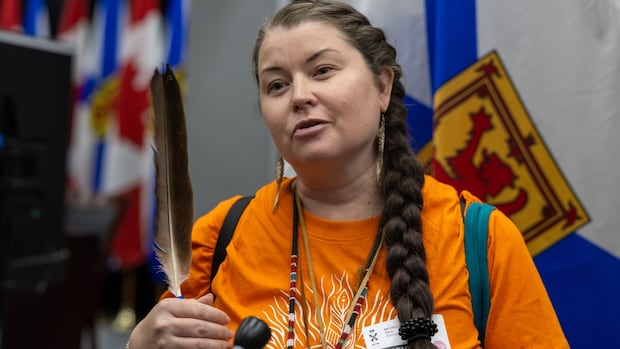Expert worries cuts to hurricane research in U.S. might cloud forecasting in Canada

The recent cuts to the National Hurricane Center in the United States have raised concerns about the impact on storm forecasting in Canada. Jim Abraham, the former head of the Canadian Hurricane Centre, expressed worry about the reduction in forecasting research in the U.S. Abraham emphasized the close relationship between the NHC and the Canadian Hurricane Centre, highlighting the importance of collaboration during storm tracking and forecasting.
Despite the cuts in the U.S., Abraham remains confident in the strong relationship between the two centers and believes that efforts will be made to mitigate any potential negative impacts. It is essential to continue sharing research and data within the World Meteorological Organization to ensure accurate forecasting and preparedness for severe weather events.
Environment and Climate Change Canada reassured that the Canadian Hurricane Centre has other national meteorological bodies to collaborate with, such as the United Kingdom Meteorological Office and the World Meteorological Organization. Plans have been developed to minimize any potential disruptions from changes in data transmission from the U.S.
The weather agency has predicted above-normal hurricane activity this year, with a forecast of 13 to 19 named storms, six to 10 hurricanes, and three to five major hurricanes in the Atlantic Ocean basin. Hurricane Erin, currently a Category 2 storm, is expected to veer northwest and is unlikely to make landfall on the U.S. east coast.
As weather does not respect borders, it is crucial for countries to work together and share resources to improve forecasting accuracy and ensure the safety of communities at risk of severe weather events. The impacts of cuts to forecasting research in the U.S. highlight the need for continued collaboration and investment in meteorological research to enhance preparedness and response to hurricanes and other natural disasters.




